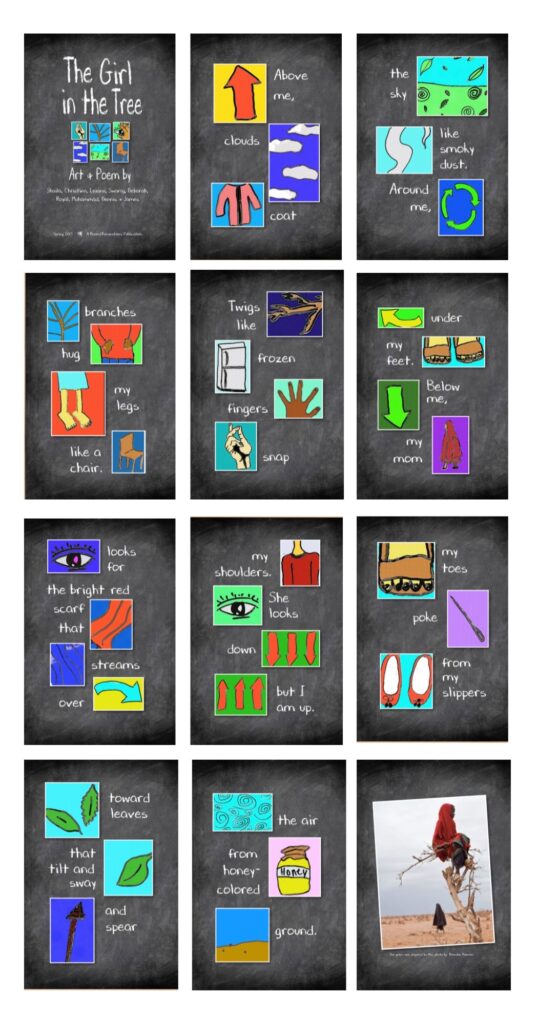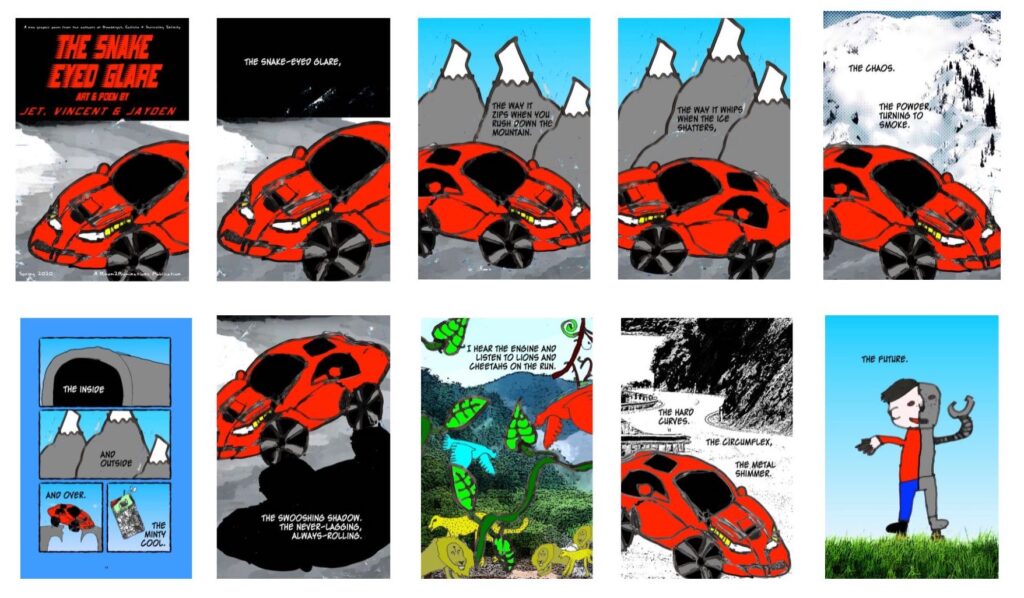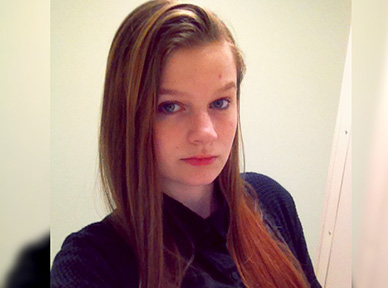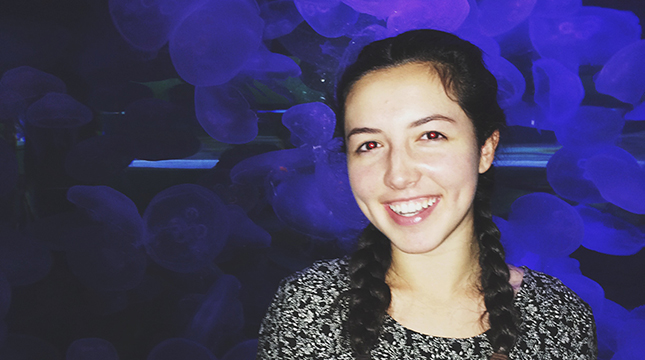As a San Francisco WritersCorps Teaching Artist in Residence, I spent the last six years teaching creative writing workshops to third, fourth, and fifth-grade second-language learners at a public elementary school that serves the City’s Tenderloin neighborhood. I’m always scouting out engaging ways to integrate lessons on syntax and mechanics into creative projects, and when I discovered Robert Burleigh’s poetry picture book Hoops, I scored!
My class was full of basketball fans who had also been struggling with prepositions, a part of speech that can be especially tricky for second-language learners. Prepositions don’t come with many rules or patterns to guide their usage. Why can you be at school, but not at China? Why can you be on the playground, but not on the classroom?
When I teach Burleigh’s Hoops, I always read the picture-book version, which is perfect for older elementary students and would also work in many middle school classrooms. In my lessons, I focus on prepositions, but the poem could also serve as a springboard for exploring how to use any parts of speech in unexpected ways.
Often hooked up with hyphens, Burleigh’s adjectives become nouns:
The skittery
cat-footed dance
along the baseline.The out-in-the-clear
like a stallion
with the wind in your face.
So do his verbs:
The two-of-you rhythm.
The know-where-everyone-is
without having to look.
About half the verbs in Hoops behave like nouns, but without sacrificing the poem’s sense of motion. In fact, the technique creates the opposite effect. The lack of verbs behaving as verbs––along with adjectives and prepositions disguised as nouns–– gives the poem a sense of urgency and speed. It’s as if we are moving so quickly from thing to thing, there’s no time for verbs to be verbs. They instantly collapse into nouns.
Burleigh pulls prepositions from their usual supporting roles into the spotlight. In his hands, these underrated parts of speech work as hard as nouns and verbs:
The sideways slip
through a moment of narrow space.The cool.
The into
and under
and up.The featherly fingertip roll and soft slow drop.
Preposition Sculptures
Before I ask students to write their own preposition-propelled poetry, I do this hands-on maker-space activity to reinforce understanding and generate discussions:
Directions:

- Choose 3 prepositions from this list.
- Use maker-space objects or any objects you find around the classroom to build a sculpture you can describe in sentences using your 3 prepositions. For a sculpture that looks like the one on the left, a description might look like this: The yarn is tied around the container, and the cork is inside it. The cardboard tube is clipped to the container with a clothespin.
- Present your preposition sculptures to the class and discuss your challenges and successes.
This simple project is always an eye-opening challenge. As students build and present their sculptures, I get a much more granular view of mastery and missteps. Class discussions where students share their creations often show they have the basics down. They know the difference between in and around, for example, but our talks reveal where they struggle with gradations of meaning, for example, the difference between below and beneath or in and among.
Preposition Poems
For older students, reading Hoops and doing the above activity may be enough to get them started on their own Hoops-inspired poems. For younger learners, I like to use a Madlibs-style scaffold with built-in word banks to guide them.
I ask students to write about anything that involves motion except a ball game and allow them to work alone or in groups. I suggest activities or phenomena like gymnastics, dance, ballet, a weather event, an animal, a song, a store, a restaurant, the library, a clinic, a bus/train line, a neighborhood, a street, a playground, time of day or year, a game. Often they begin solo, then team up with a classmate to create a single poem from lines each poet wrote individually.
Here are two examples by my students, published as comic books with parent permission: The Girl in the Tree and The Snake-eyed Glare.


Robyn Carter is a writer, curriculum designer, and educator who’s been teaching writing to tweens for twenty years, most recently as a San Francisco WritersCorps Teaching Artist in Residence at a public elementary school in the City’s Tenderloin Neighborhood. Her ed writing has appeared in KQED In the Classroom, and Teachers & Writers Magazine. Find her fiction in Conjunctions, Ninth Letter, Prime Number Magazine, and other journals.




